17 Fairytale Small Towns And Villages In Germany
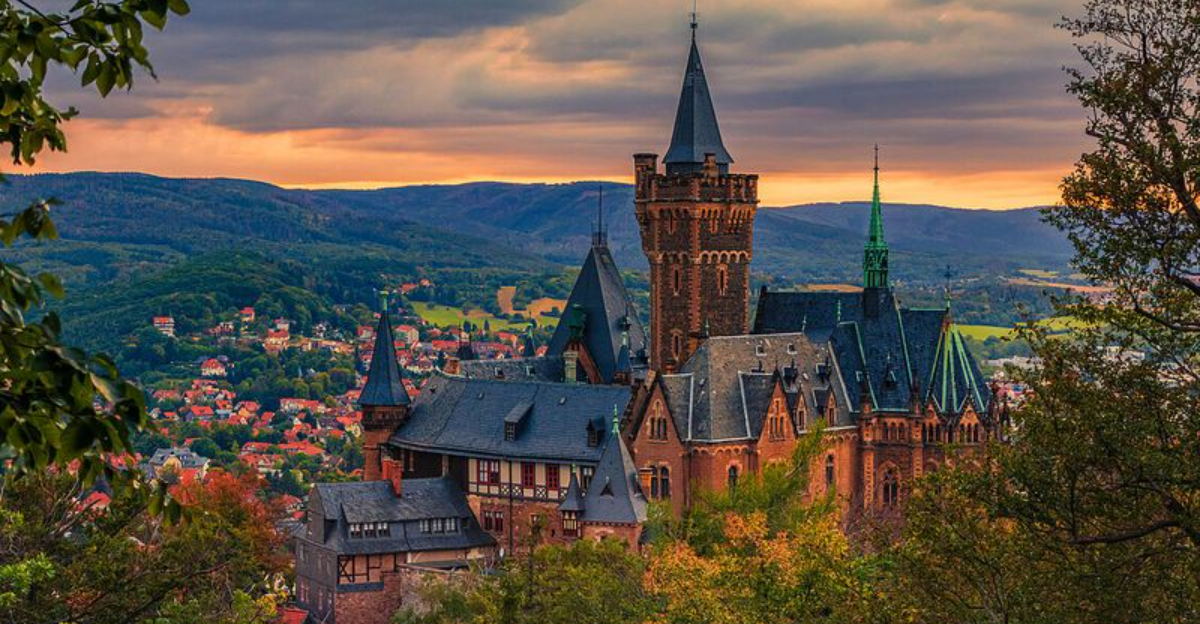
Germany’s most enchanting destinations aren’t always found in the big cities—they’re hidden in the quiet corners of the countryside. Tucked between forests, vineyards, and winding rivers are towns where time seems to stand still.
With their timber-framed houses, medieval market squares, and hilltop castles, these places feel more like storybook scenes than real-life locations. It’s in these lesser-known villages that you’ll find the true spirit of old-world Germany—charming, historic, and impossibly photogenic.
1. Rothenburg Ob Der Tauber
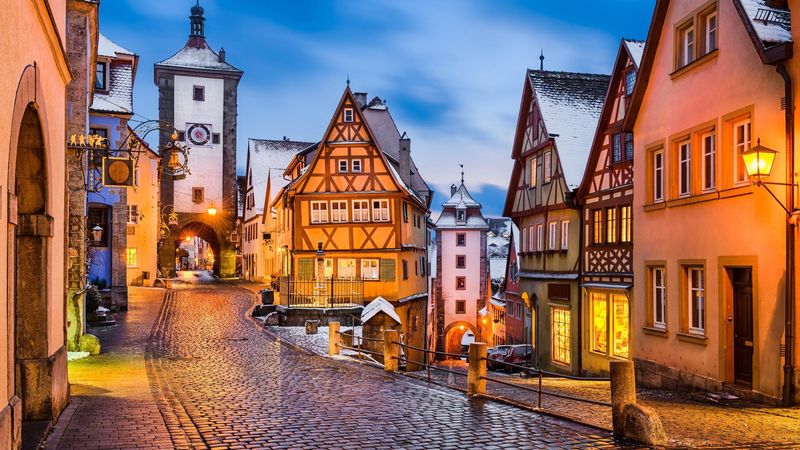
Stepping through the medieval gates feels like traveling back in time. The perfectly preserved streets of Rothenburg ob der Tauber feature colorful half-timbered buildings that have stood for centuries.
Climb the Town Hall tower for panoramic views, sample snowball pastries, and don’t miss the Night Watchman’s Tour. Winter brings a magical Christmas market, but spring and fall offer fewer crowds.
2. Quedlinburg
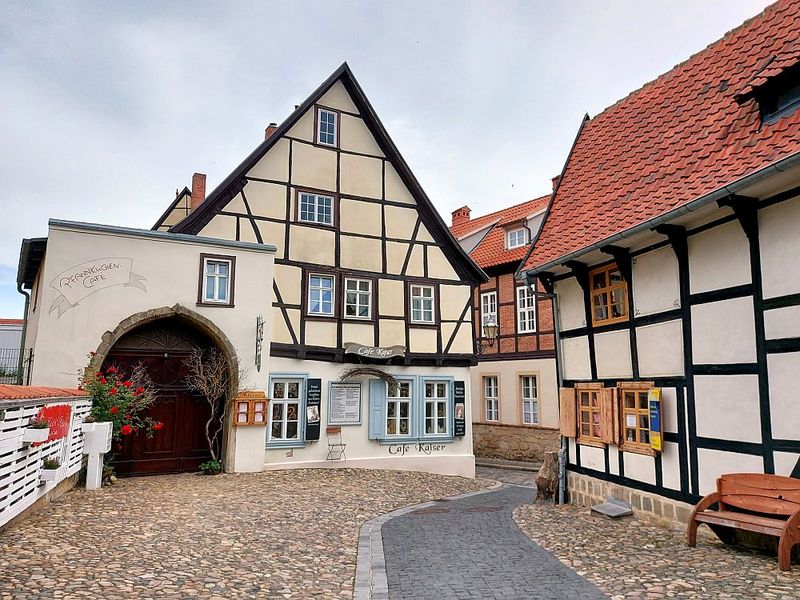
Hidden in the Harz Mountains lies a treasure trove of over 1,300 timber-framed houses spanning six centuries. Quedlinburg’s UNESCO-protected old town seems frozen in time, with its crooked buildings and winding lanes.
Explore the Romanesque collegiate church atop Castle Hill, wander through the market square, and discover tiny courtyards tucked between ancient buildings. Spring and summer showcase gardens bursting with colorful blooms.
3. Monschau
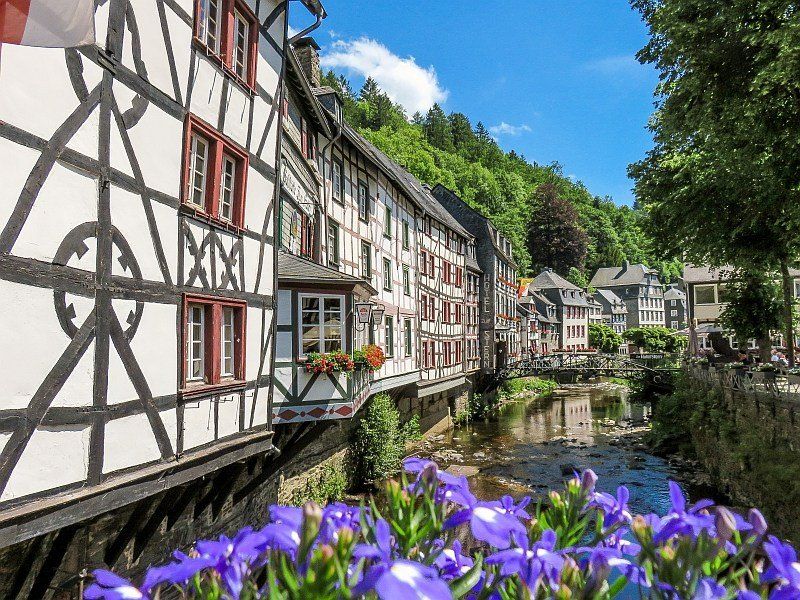
Tucked into a valley where the Rur River flows, this enchanting village hasn’t changed much since the 18th century. The narrow waterway divides rows of slate-roofed homes that reflect in its gentle current.
Monschau’s mustard mill, glass factory, and historic Red House mansion showcase local craftsmanship. Sample Printen cookies from nearby Aachen while exploring. December transforms the town with a magical Christmas market.
4. Mittenwald
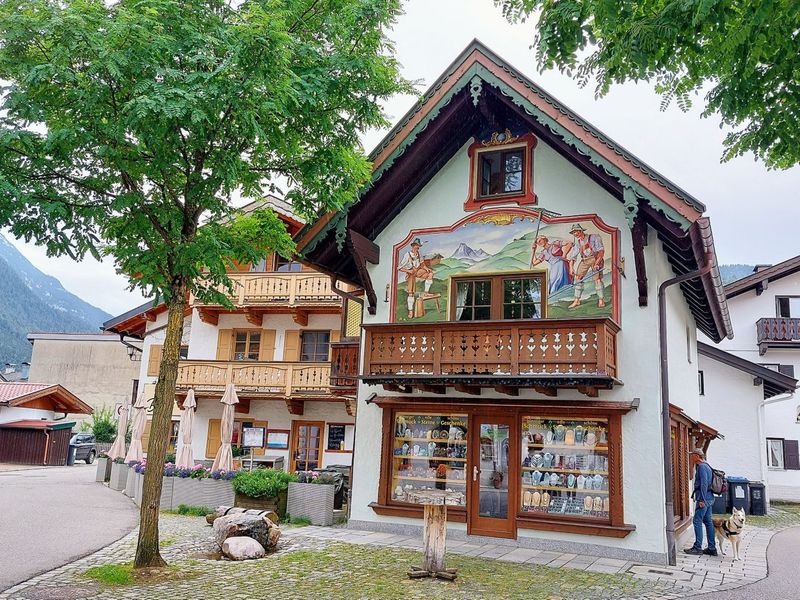
Nestled beneath the dramatic Karwendel Alps, this Bavarian gem dazzles with buildings adorned in colorful frescoes depicting biblical scenes and local folklore. The painted facades create an open-air gallery effect.
Mittenwald’s violin-making tradition dates back to the 17th century—visit the Geigenbaumuseum to learn this craft’s secrets. Hiking trails lead to Alpine meadows and pristine lakes, making summer and early fall ideal for exploration.
5. Meersburg
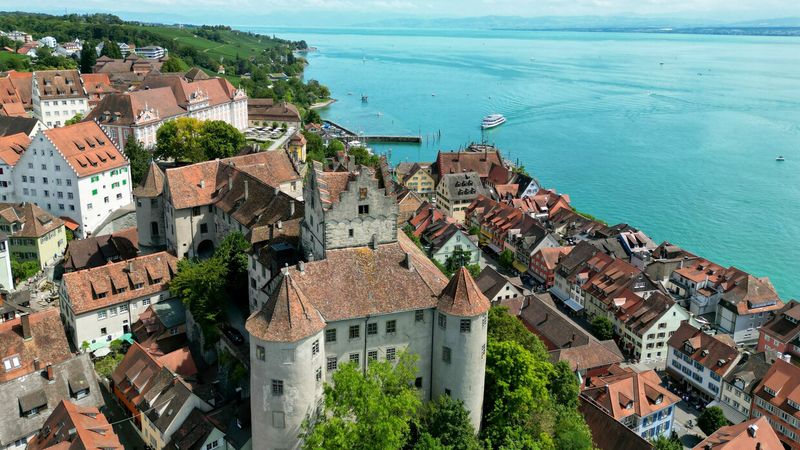
Perched dramatically above Lake Constance, this medieval jewel features two castles and sweeping water views. The steep vineyard-covered hillsides have produced fine wines for centuries.
Meersburg’s Old Castle dates to the 7th century, making it Germany’s oldest inhabited fortress. Wander the upper and lower towns connected by steep stairways, stopping at lakeside restaurants for fresh fish. Summer allows swimming in the crystal-clear lake.
6. Bacharach
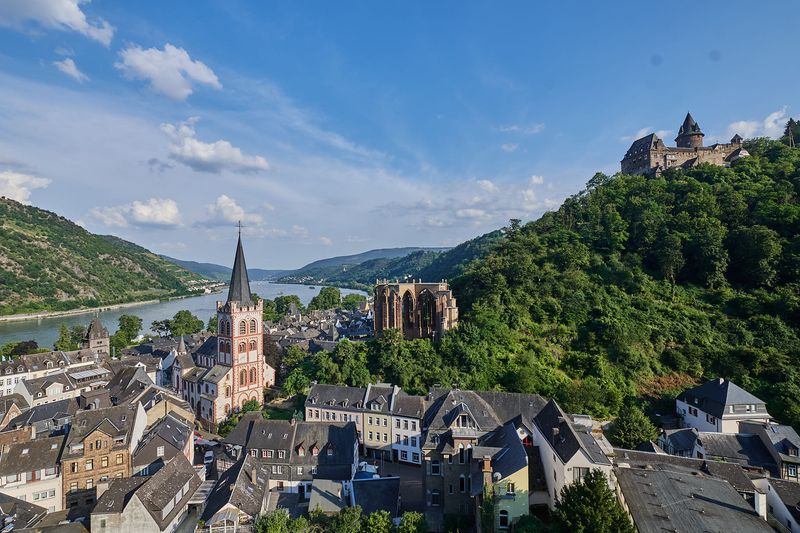
Medieval towers rise above a sea of red rooftops in this Rhine Valley stunner. Vineyard-covered slopes surround Bacharach, where wine-making traditions stretch back to Roman times.
Climb to Stahleck Castle for breathtaking river views or hike through terraced vineyards. The Gothic ruins of Werner Chapel create a romantic silhouette against the sky. River cruises offer another perspective of this quintessential Rhine town.
7. Cochem
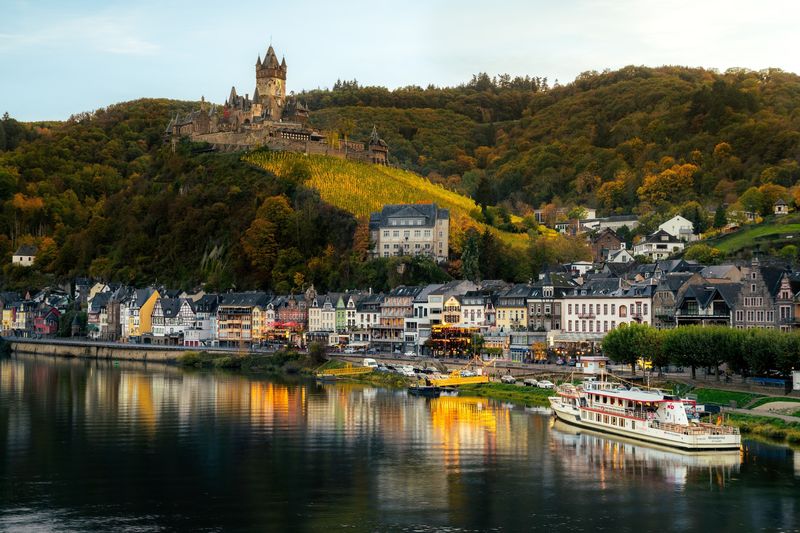
Crowned by an imposing imperial castle, this riverside haven nestles within a dramatic bend of the Moselle River. Vineyard-covered hills create a natural amphitheater around the colorful medieval center.
The restored Reichsburg Castle offers guided tours showcasing medieval life. Cochem’s winding lanes reveal half-timbered buildings housing wine taverns serving local Riesling. September’s wine festival celebrates the harvest with music and traditional food.
8. Dinkelsbühl
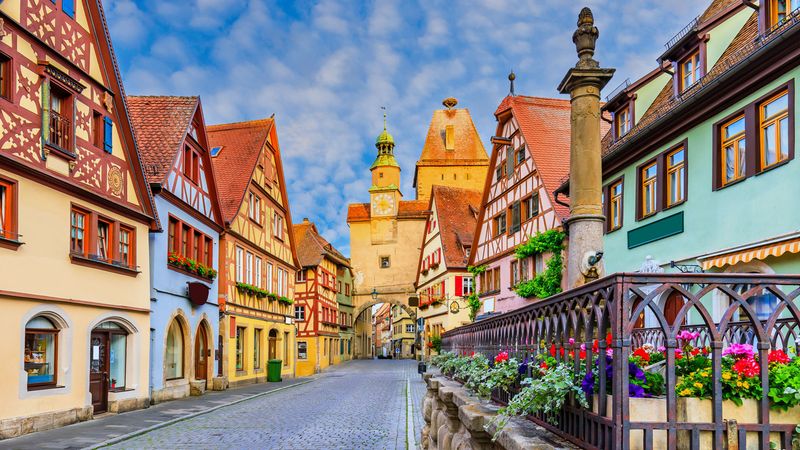
Unlike many German towns, these medieval walls survived both world wars completely intact. Rainbow-colored houses line cobblestone streets, their facades representing different eras of prosperity.
Dinkelsbühl’s St. George’s Church dominates the skyline with its late Gothic beauty. The Kinderzeche festival in July commemorates the town’s salvation during the Thirty Years’ War. Autumn brings harvest celebrations with local specialties like Franconian wine.
9. Görlitz
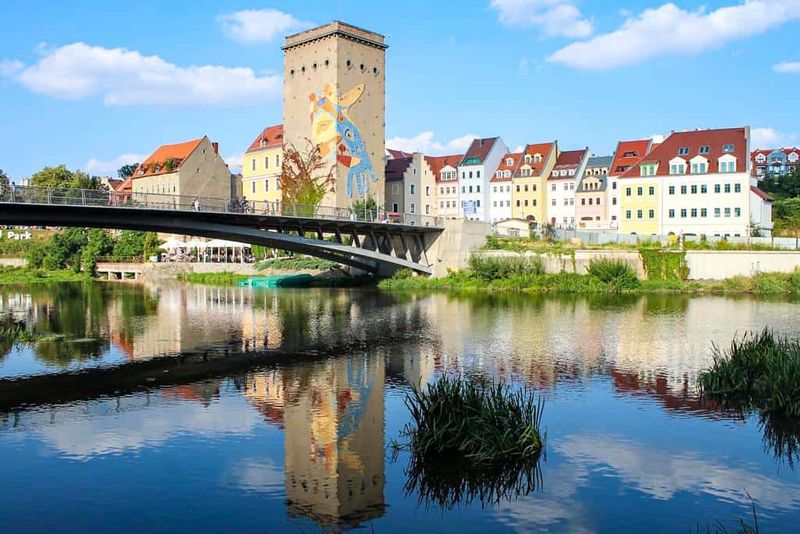
Hollywood discovered this architectural wonderland long before most tourists. Film directors flock to capture the perfectly preserved streets spanning 500 years of European building styles, from Gothic to Art Nouveau.
Görlitz straddles the German-Polish border, with half the town in each country. The restored Görlitzer Warenhaus department store starred in “The Grand Budapest Hotel.” Climb the Reichenbach Tower for views spanning four countries on clear days.
10. Füssen
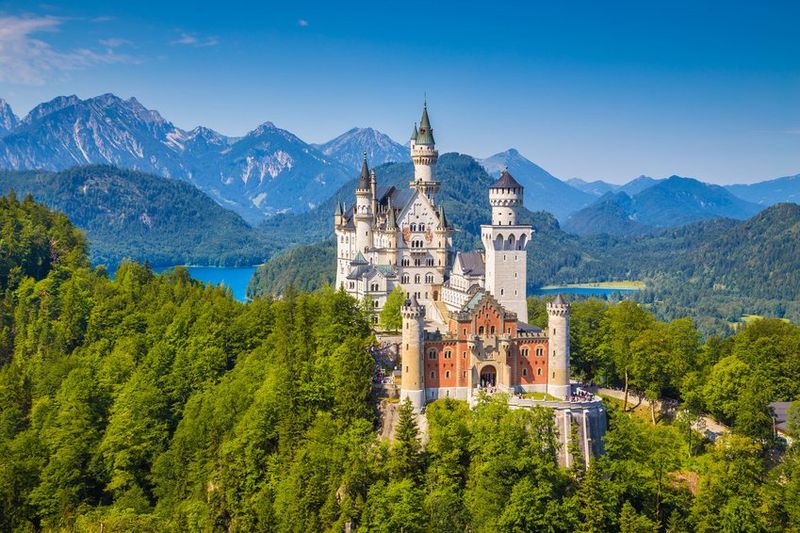
Pastel-colored baroque buildings create a storybook setting at the edge of the Alps. Just minutes from world-famous Neuschwanstein Castle, this medieval town deserves attention for its own charms.
Füssen’s historic center reveals the 700-year-old High Castle, ancient monastery, and violin-making heritage. The turquoise Lech River flows through town beneath mountain peaks. Winter brings skiing while summer offers hiking and swimming in crystal-clear Alpine lakes.
11. Bad Wimpfen
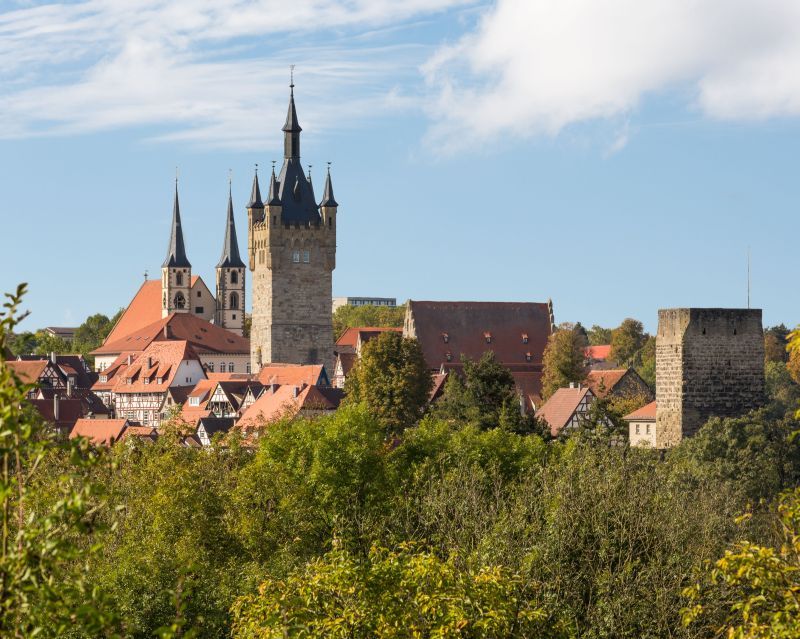
Rising dramatically above the Neckar River, this former imperial palace complex dazzles with its medieval silhouette. Stone towers and half-timbered buildings create a fairytale atmosphere that feels untouched by time.
The Blue Tower offers panoramic views for those willing to climb its ancient steps. Bad Wimpfen’s spa tradition dates back to Roman times—modern visitors still enjoy therapeutic salt waters. December’s Christmas market illuminates the historic streets with thousands of twinkling lights.
12. Lübbenau (Spreewald)
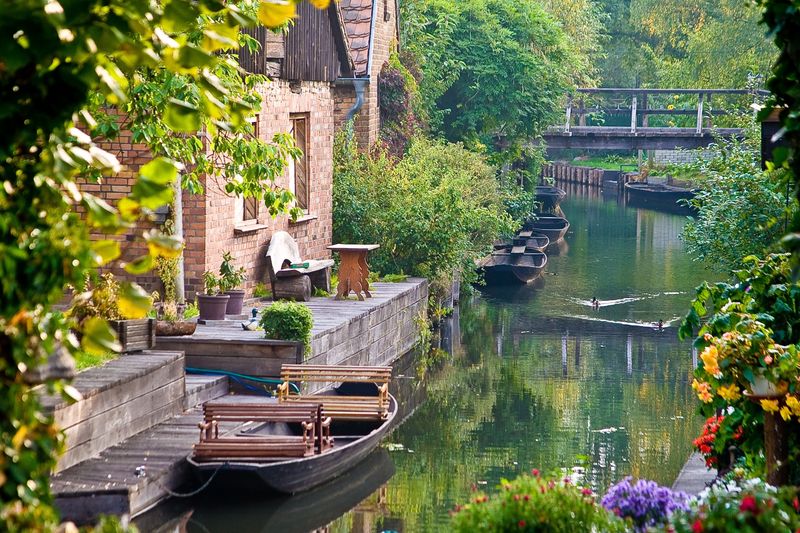
Venice-like canals replace streets in this enchanting village surrounded by emerald forests. Traditional wooden punts glide silently through the UNESCO-protected biosphere reserve of Spreewald.
Lübbenau serves as the gateway to this unique water labyrinth. Sample local specialties like pickles and horseradish spreads between boat tours. Sorbian culture thrives here with colorful Easter egg decorating and harvest festivals celebrating centuries-old traditions.
13. Miltenberg
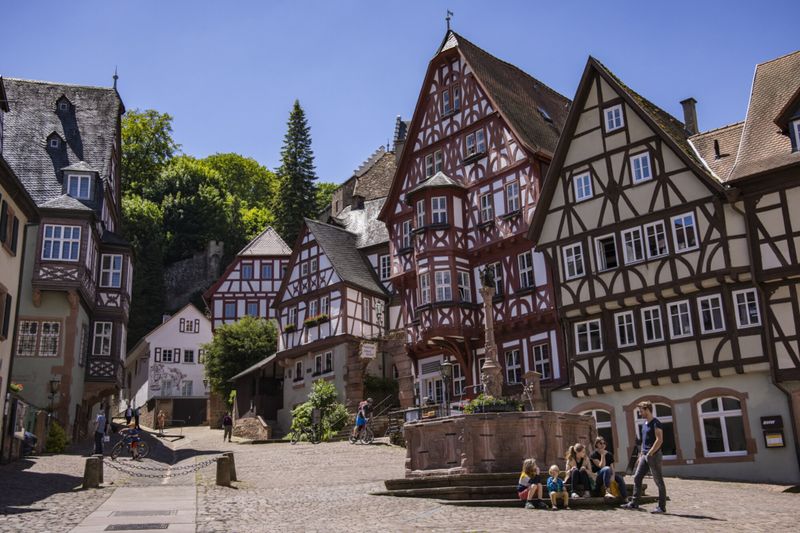
Sandwiched between the Odenwald forest and the Main River, this medieval gem boasts one of Germany’s oldest inns, serving travelers since 1590. The “Schnatterloch” market square showcases magnificent timber-framed buildings.
Miltenberg’s old town follows a single main street lined with 130 half-timbered houses. The hilltop castle ruins provide sweeping river views. Nearby vineyards produce excellent Franconian wines served in distinctive flat, round bottles called Bocksbeutel.
14. Freudenberg
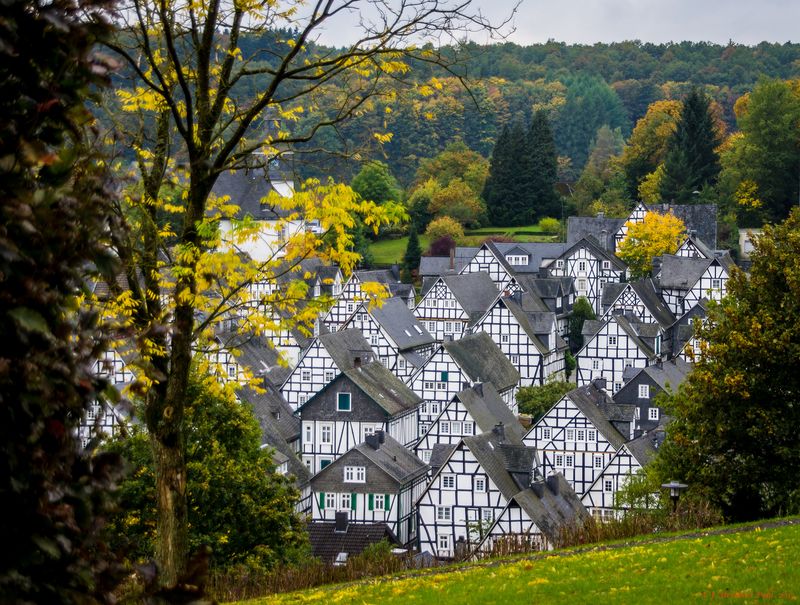
Looking more like a movie set than a real village, the identical white houses create a mesmerizing pattern against the hillside. Each timber-framed facade mirrors its neighbor in perfect harmony.
Freudenberg’s “Alter Flecken” (old spot) district dates to the 17th century when it was rebuilt after a devastating fire. The uniform design creates a photographer’s paradise, especially at sunset when golden light warms the white walls. Nearby hiking trails offer spectacular viewpoints.
15. Tübingen
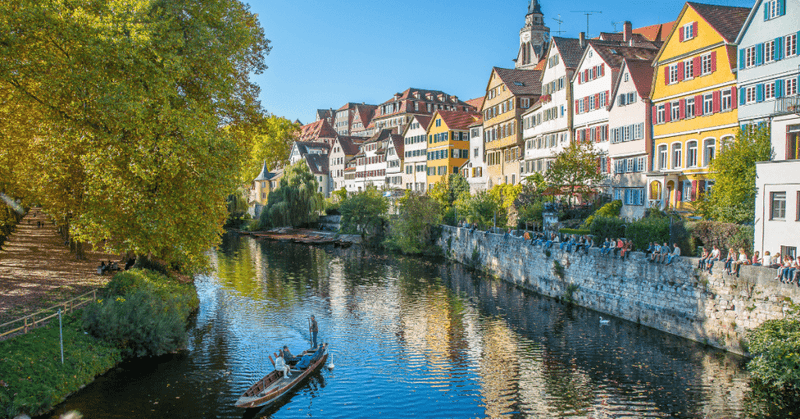
Colorful reflections dance in the Neckar River as punting boats glide past candy-colored waterfront buildings. The youthful energy of university students contrasts beautifully with medieval architecture dating back 900 years.
Tübingen’s steep cobblestone streets lead to hidden courtyards and the hilltop castle. Poets, philosophers, and scientists have called this town home for centuries. The botanical gardens showcase exotic plants year-round, while the chocolate festival in December attracts sweet-toothed visitors.
16. Wernigerode
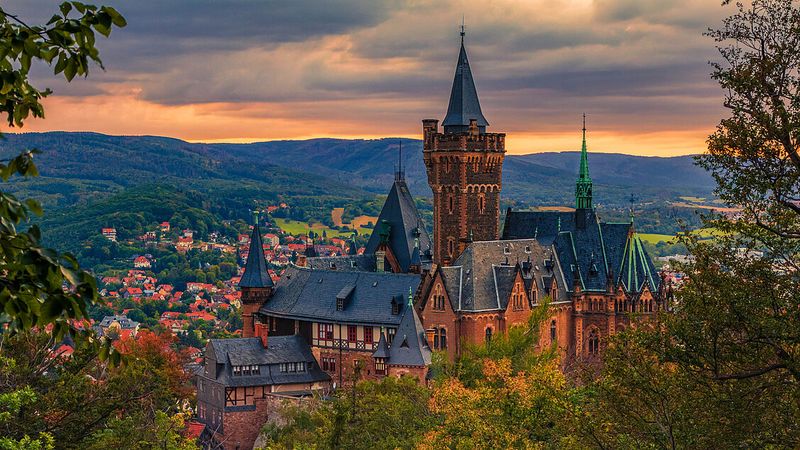
Dominated by a fairytale castle perched dramatically above red rooftops, this Harz Mountain jewel captivates with its whimsical architecture. The crooked town hall looks like it belongs in a children’s storybook.
Wernigerode’s narrow streets reveal buildings leaning at impossible angles. The steam train to Brocken Mountain offers spectacular views year-round. Winter brings snowy magic, while summer’s longer days are perfect for exploring the castle gardens and half-timbered treasures.
17. Schmalkalden
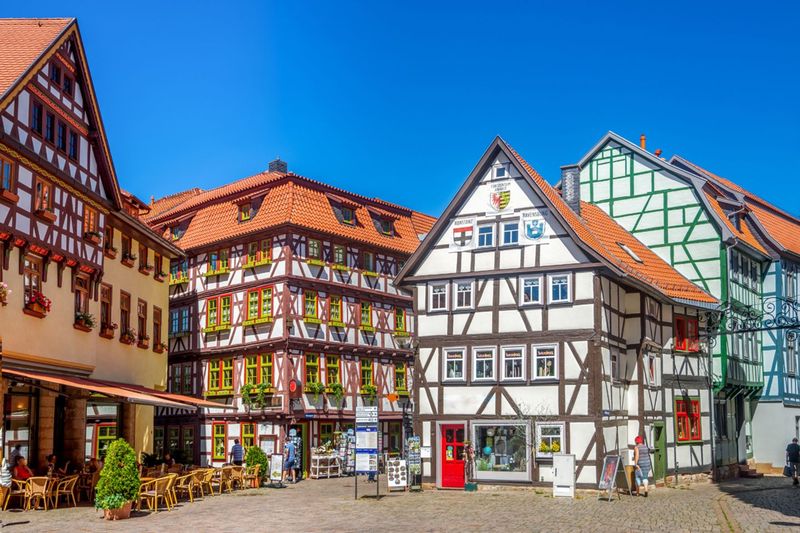
Hidden in Thuringia’s rolling hills lies a colorful Renaissance gem overlooked by most travelers. The vibrant painted facades showcase the wealth this town accumulated during the Reformation era.
Schmalkalden played a crucial role in Protestant history—the Schmalkaldic League was formed here to protect religious freedom. The impressive Wilhelmsburg Castle contains original 16th-century interiors. September’s town festival celebrates local traditions with music, food, and historical reenactments.
